Hi, I’m Raju Kumar—a digital marketing trainer and strategist—and if there’s one question I get asked all the time by beginners, it’s this: How do Facebook Ads work, and why should I care?
Let me start with the basics. Facebook Ads are paid messages that businesses use to reach their target audience on Facebook and its extended platforms like Instagram and Messenger. These ads appear seamlessly in your newsfeed, stories, reels, and even in your messages—blended so well that they often feel like organic content.
What makes them incredibly powerful is how laser-targeted they can be. You’re not just shooting in the dark. Facebook lets you narrow down your audience based on location, age, gender, interests, online behavior, job titles—you name it. And when you understand how Facebook Ads work, you start to see why over 10 million advertisers use this platform every month.
Another reason Facebook Ads are so popular is because they offer full control over your budget. Whether you’re a local shop spending ₹100 a day or a global brand investing ₹10 lakh a month, you get to decide how much you want to spend and when. Plus, with multiple ad formats like image ads, video ads, carousels, and lead forms, it’s easy to match your campaign style with your brand’s voice.
In this blog, I’ll walk you through the full process so that by the end, you won’t just be asking “How do Facebook Ads work?”—you’ll know exactly how to launch one yourself.
Why Facebook Ads Matter in Digital Marketing
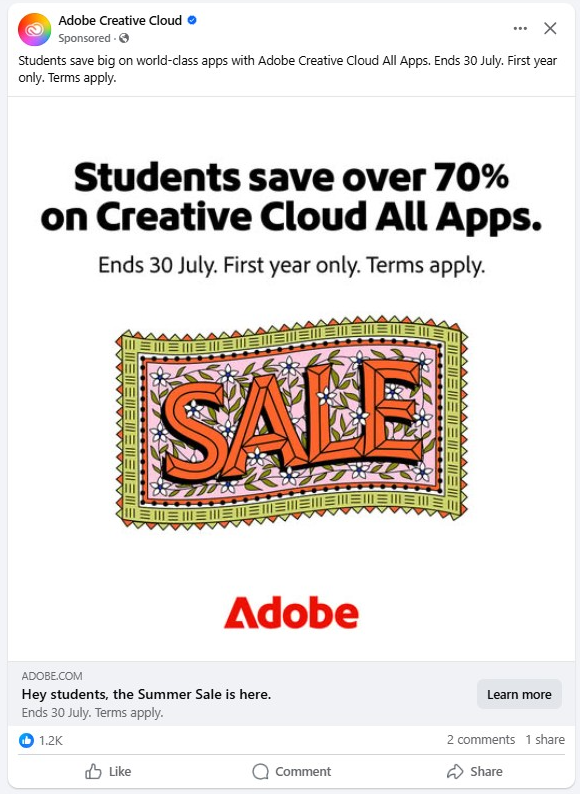
When I first started exploring paid advertising as a digital marketer, one platform stood out above the rest—Facebook Ads. And if you’re wondering how do Facebook Ads work and why they’ve become such a game-changer in digital marketing, the answer lies in both numbers and results.
As of 2024, Facebook has over 3 billion monthly active users, making it one of the most powerful platforms to reach people online. In fact, Facebook’s parent company, Meta, generated over $130 billion in ad revenue last year alone. That speaks volumes about how much businesses trust this platform to drive results.
One of the reasons I personally recommend Facebook Ads to startups and small businesses is because of how cost-effective and flexible they are. Whether you’re running a salon, launching a new clothing brand, or offering freelancing services, Facebook lets you reach your ideal customer at a very low cost. I’ve helped small e-commerce clients generate sales with just ₹500–₹1000 a day in ad spend—something that’s not so easy on platforms like Google Ads or LinkedIn.
Another advantage is Facebook’s variety of objectives. Unlike other platforms that mostly focus on search intent, Facebook allows you to run campaigns for awareness, engagement, lead generation, website traffic, and conversions—all under one roof. So when people ask me, how do Facebook Ads work compared to other platforms, I tell them this: it’s like getting a full marketing funnel in one tool.
Whether you’re looking to build brand awareness or drive direct sales, Facebook Ads offer unmatched versatility. And as you begin to understand how do Facebook Ads work, you’ll realize they’re not just for big brands—they’re for anyone with a story to tell and a product to sell.
Also Read: Facebook Ads Timing: Best Times to Run Successful Campaigns
Understanding the Facebook Ads Ecosystem
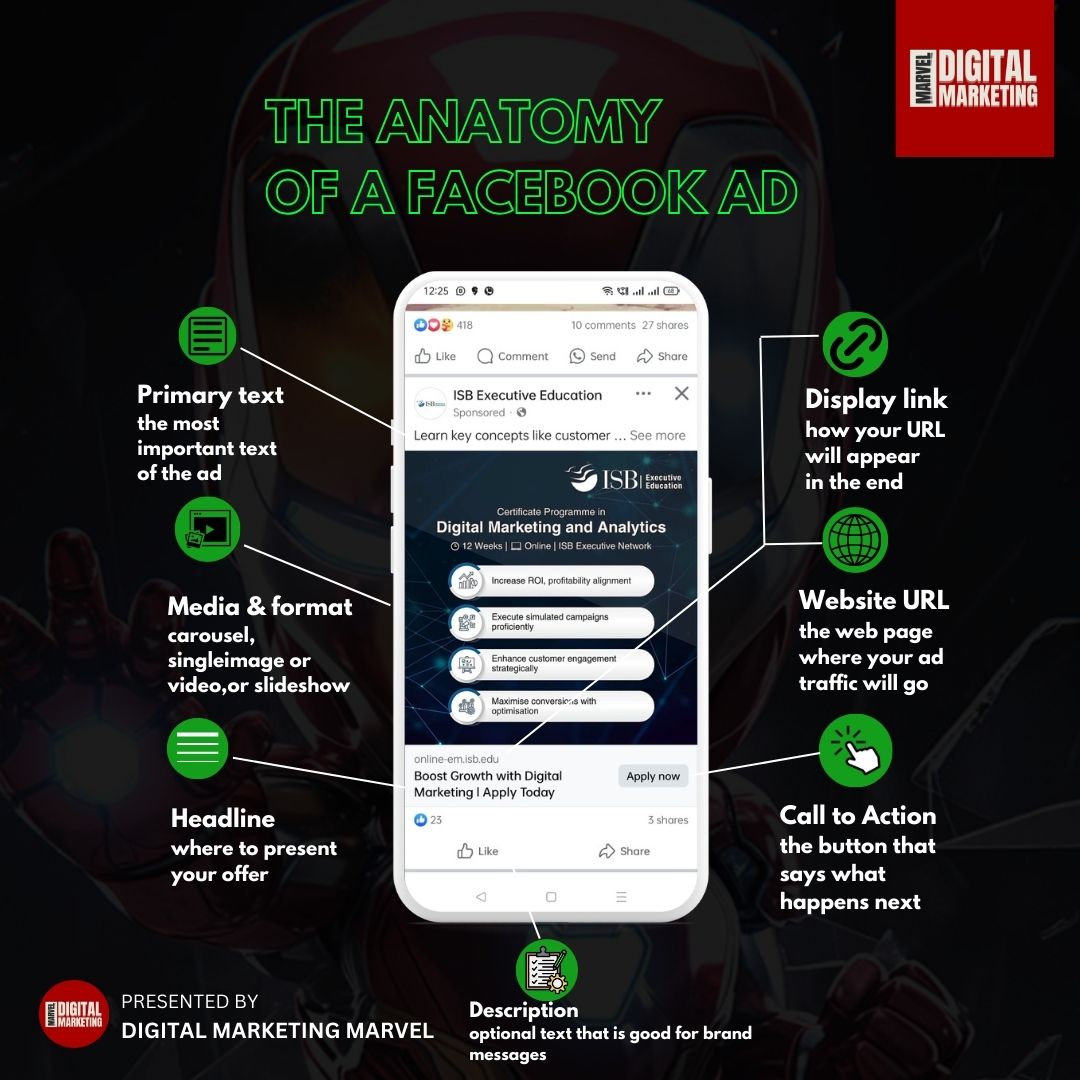
When students ask me how do Facebook Ads work, I always tell them it starts with understanding the full ecosystem. At first, it might seem overwhelming, but once you get the structure, everything starts to make sense.
Facebook Business Manager Overview
The Facebook Business Manager is where everything begins. Think of it as your control room. Here, you manage your business pages, ad accounts, audiences, and even team members.
When I launched my first campaign for a local clothing brand, setting everything up inside Business Manager gave me the clarity and control I needed. It may look technical at first, but once you get used to it, it becomes second nature.
Ad Account, Campaigns, Ad Sets, and Ads Structure
To really answer the question, how do Facebook Ads work, you need to understand the structure:
- Campaigns define your objective (traffic, conversions, awareness, etc.).
- Ad Sets define your audience, placement, budget, and schedule.
- Ads are where your creative lives—the image, video, copy, and CTA.
Each layer serves a specific purpose, and mastering this structure is key to creating high-performing ads. For example, if you’re targeting college students in Delhi with budget travel offers, you’ll do that at the Ad Set level, while your design and message go into the Ad itself.
Role of Facebook Pixel in Conversion Tracking
Now, one of the most important tools in this ecosystem is the Facebook Pixel. It’s a small piece of code you install on your website to track user actions—like purchases, form submissions, or page views. Back when I was helping an e-commerce client, setting up the Pixel properly helped us cut our cost-per-sale in half by optimizing for people who were most likely to buy.
If you’re serious about getting results, the Pixel will help you understand exactly how your Facebook Ads work in driving conversions and where you can improve.
Relationship Between Instagram and Facebook Ads
Lastly, don’t forget—when you advertise on Facebook, you’re also reaching people on Instagram, Messenger, and even the Audience Network. From a single campaign, your ad can show up in an Instagram Story, a Facebook Feed, or even in someone’s inbox. This cross-platform presence is what makes Facebook Ads so valuable in a digital marketer’s toolbox.
Understanding this ecosystem is your first step in mastering how Facebook Ads work. Once you’re comfortable with the structure, tools like Pixel, and cross-platform features, you’ll be well on your way to building ads that actually deliver results.
Also Read: SEO Glossary: Terms & Definitions [Learn Digital Marketing]
How Do Facebook Ads Work? Step-by-Step Process
If you’re new to advertising and wondering how do Facebook Ads work in practice, let me break it down step by step. As someone who trains beginners in digital marketing, I always emphasize learning the process end-to-end to avoid wasting budget and time.
Step 1: Setting Up a Business Manager and Ad Account
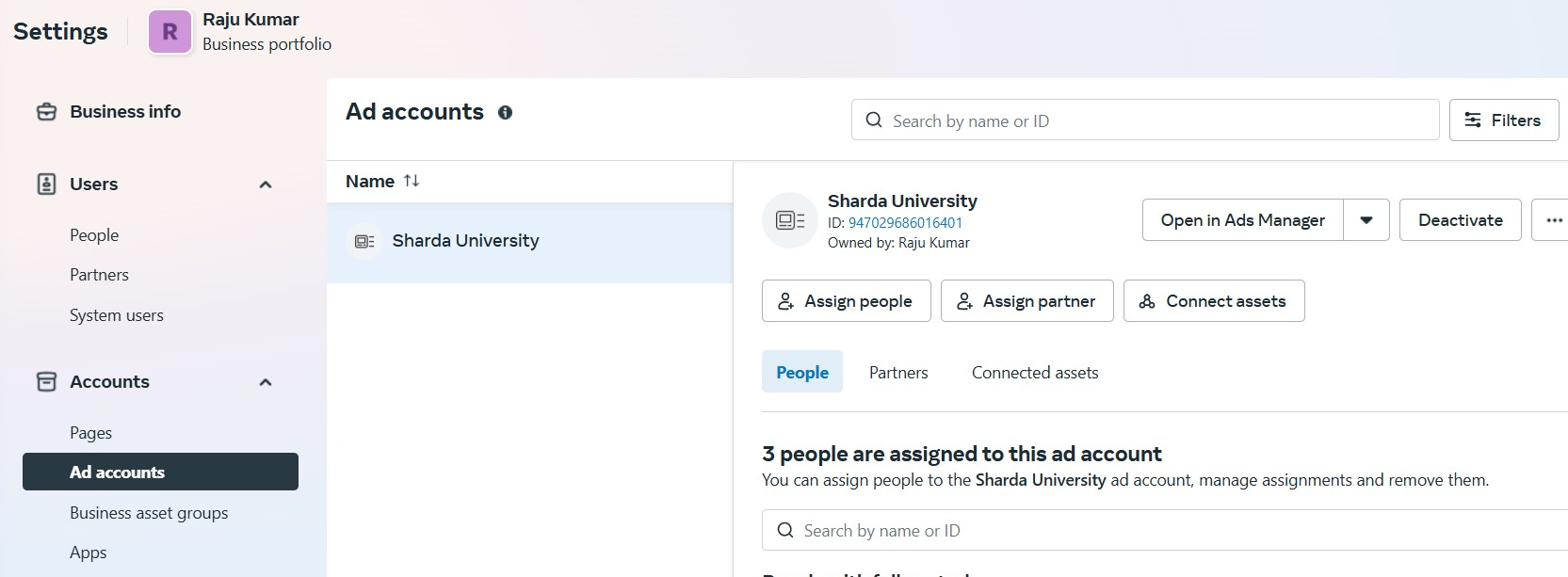
The first thing I teach my students is how to set up a Facebook Business Manager. It acts as your control center for everything—your page, ad accounts, Pixel, billing, and team access. Once inside Business Manager, you can create your Ad Account, assign admin roles, and connect your Instagram profile. Without this foundation, you won’t be able to run ads professionally.
Step 2: Choosing an Objective
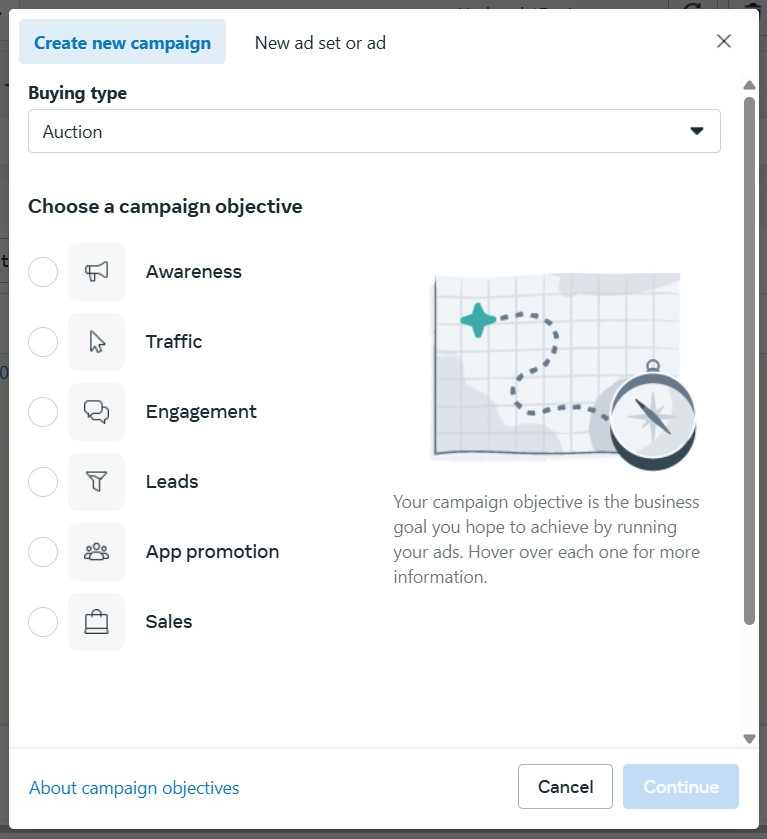
This is where Facebook asks what do you want to achieve. You’ll choose from objectives under three categories: awareness, consideration, and conversion.
I always remind clients that choosing the right objective tells Facebook how your ad should work. If you want website sales but choose a traffic campaign, your ad may only attract clickers—not buyers.
Step 3: Defining Audience Targeting
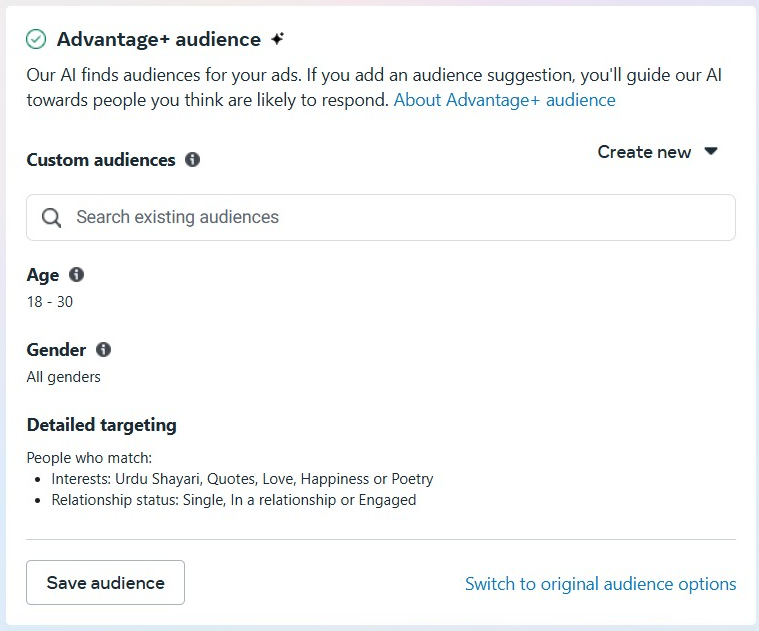
One of the most powerful parts of learning how Facebook Ads work is understanding audience targeting. You can choose based on demographics like age, gender, location, or education. You can also go by interests and behaviors, create custom audiences from website visitors or email subscribers, and even build lookalike audiences.
Step 4: Setting a Budget and Bid Strategy

You can choose between a daily or lifetime budget. In my early days, I used to test with just a small amount per day to understand what worked. You can also pick from automatic bidding, where Facebook optimizes for best results, or manual bidding, where you control how much you’re willing to pay per result. This is where people often ask again how do Facebook Ads work with budget control, and the answer is—you’re always in charge.
Step 5: Designing Creative Assets
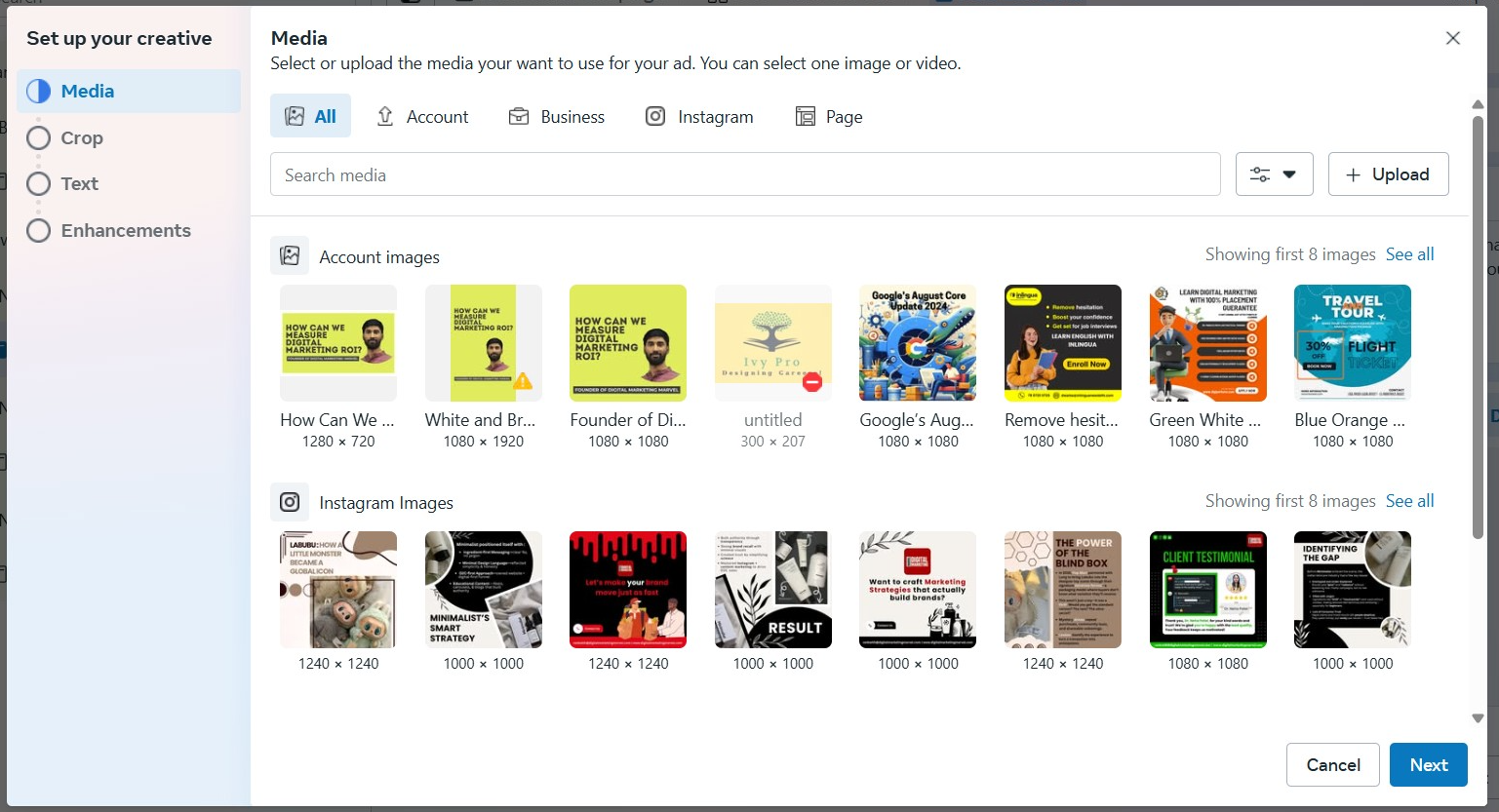
Now comes the creative part. Facebook offers multiple formats like image ads, video ads, carousel ads, and collection ads. For a recent campaign I ran for a fashion brand, a carousel with lifestyle photos outperformed a static image by more than double in engagement. It’s important to test what works for your audience.
Step 6: Writing Compelling Ad Copy and CTAs
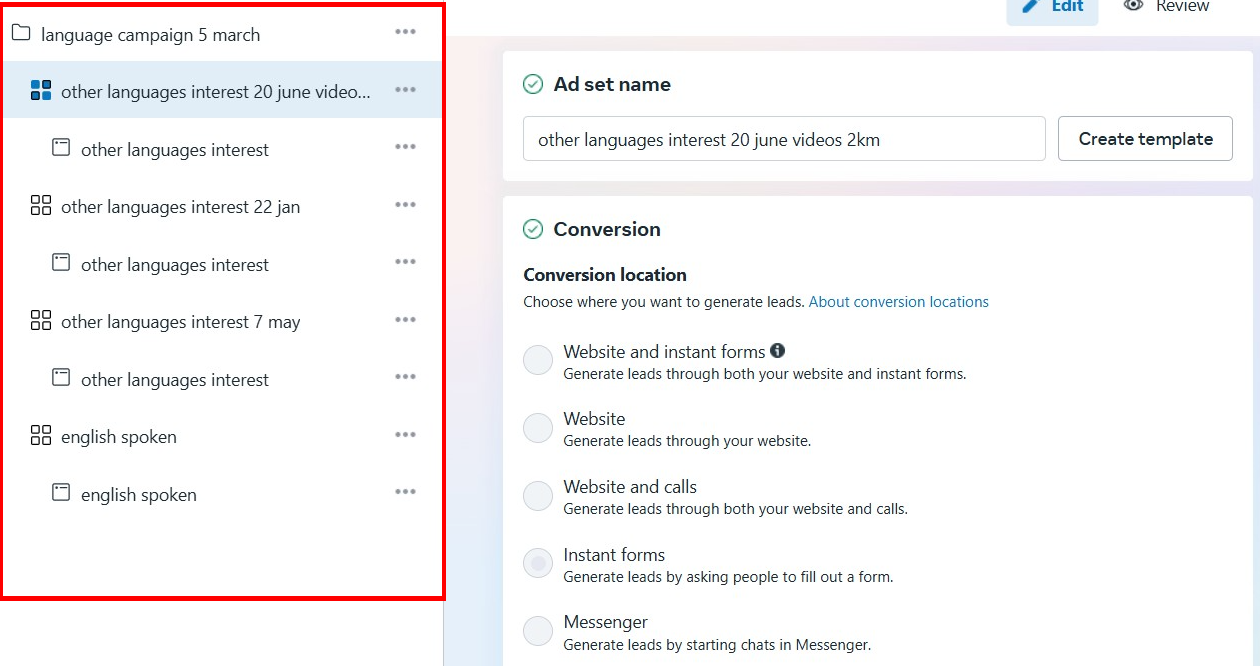
Words matter. In fact, copywriting is half the ad’s success. Keep it clear, benefit-driven, and conversational. A strong call-to-action like Shop Now, Learn More, or Book Your Free Trial can boost clicks dramatically. Your audience should know exactly what action to take within seconds.
Step 7: Launching the Campaign
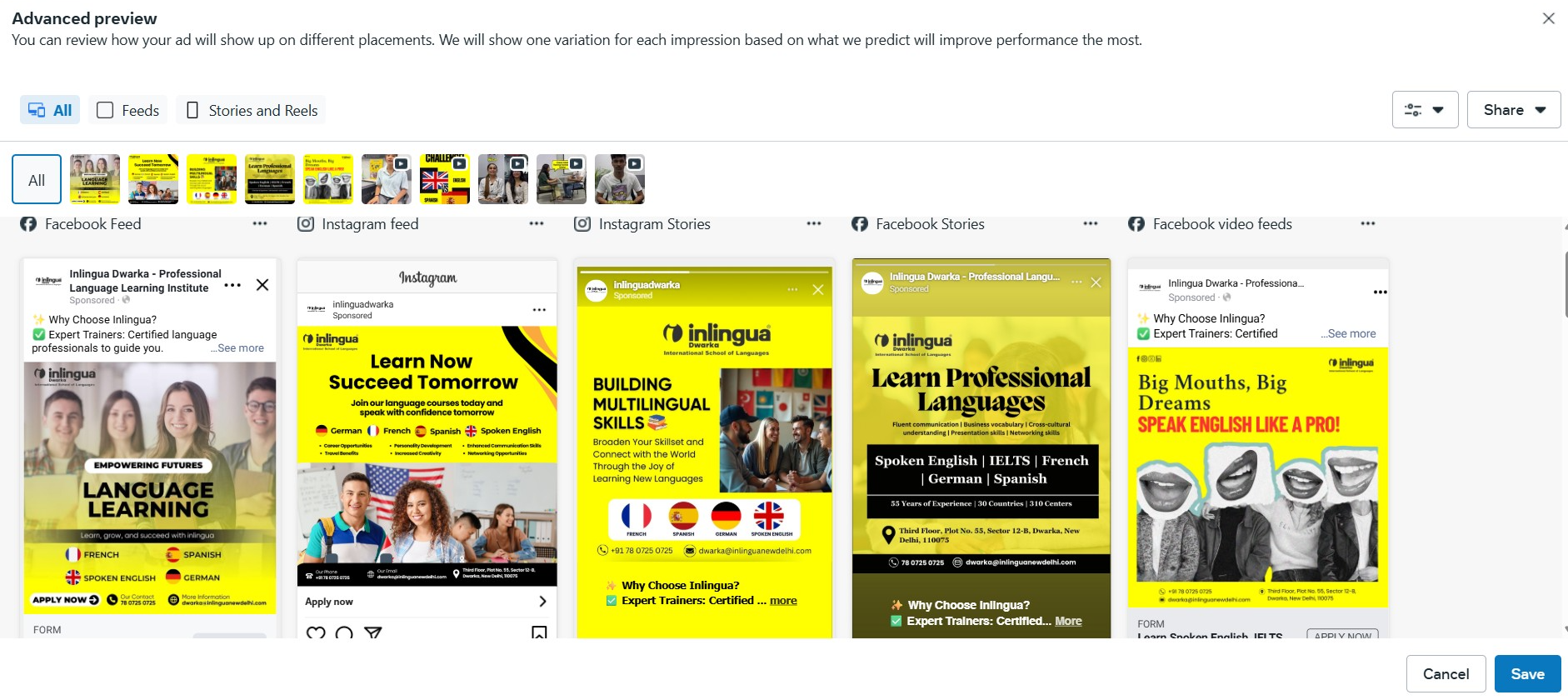
Once your ad copy, creative, targeting, and budget are set—click Publish. Facebook reviews your ad, and once approved, it goes live. That’s when the real work begins.
Step 8: Monitoring and Optimizing Performance
This is the step where I see beginners struggle the most. How do Facebook Ads work after launch? Through constant monitoring. You need to track metrics like click-through rate, cost-per-click, conversion rate, and frequency. I often pause underperforming ads after a few days and scale what’s working.
So, how do Facebook Ads work? It’s a combination of strategy, setup, creativity, and continuous refinement. The process might seem technical at first, but once you understand it, it becomes one of the most powerful tools in your digital marketing toolkit.
Also Read: What Are Backlinks and How Many Backlinks Per Day is Safe?
Types of Facebook Ad Formats
When people ask me how do Facebook Ads work effectively, I always say it depends a lot on the ad format you choose. Facebook offers several options, and understanding each one helps you deliver your message in the best possible way to your audience.
Image Ads
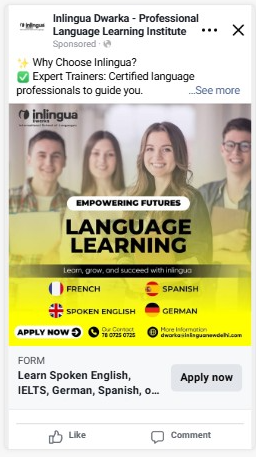
These are the simplest and most widely used. If you have a clear message and a strong visual, a single image ad can do wonders. I’ve used this format many times for local businesses to promote discounts or events, and it works best when the creative is eye-catching and the copy is direct.
Video Ads
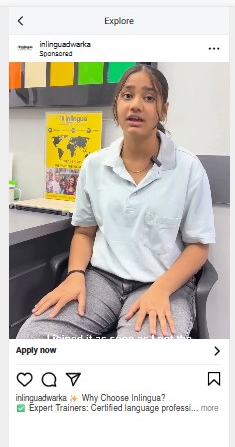
If you want to explain something or showcase a product in action, video ads are the way to go. I’ve seen brands get amazing engagement just by showing how their product solves a real-world problem. Video also helps tell a story better, especially if you want to build emotional connection.
Carousel Ads
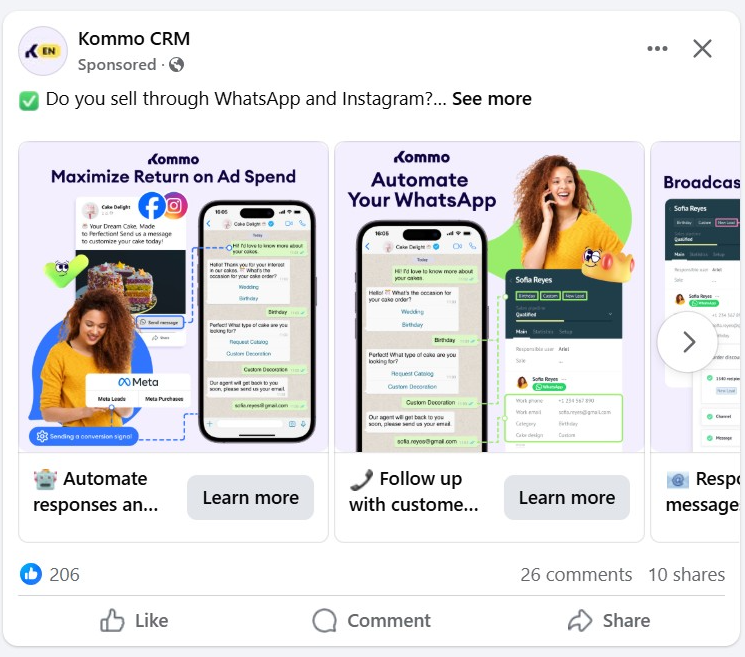
This format lets you display multiple images or videos in a swipeable sequence. I used carousel ads for an e-commerce client to showcase different product variants, and the click-through rate went up by more than 40 percent. It’s perfect for showcasing collections or step-by-step guides.
Slideshow Ads
These work like a lightweight version of video. You can create motion by combining still images, text, and music. I often suggest slideshow ads to clients who don’t have the budget or resources for full video production. It’s an easy and effective way to grab attention.
Collection Ads
Great for mobile-first shopping experiences, collection ads allow users to browse a group of products without leaving Facebook or Instagram. If you have an online store, this is a powerful tool. I’ve seen higher conversions from these ads especially when targeting warm audiences.
Instant Experience
This full-screen experience loads instantly when someone taps your ad. It’s a great way to combine videos, images, text, and links all in one interactive page. When clients ask how do Facebook Ads work in terms of creating immersive brand moments, this is the format I show them.
Lead Ads
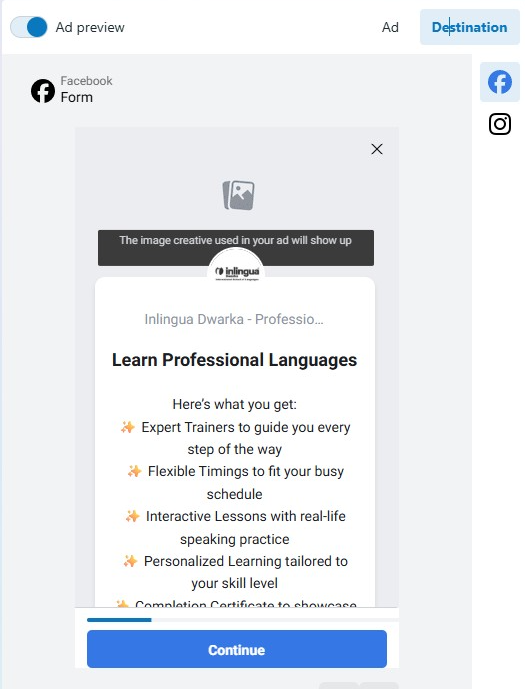
Lead ads are designed to collect contact information without needing the user to leave the platform. For my agency, these ads have helped generate leads for coaching programs, free audits, and newsletters. They simplify the user journey and work best when your offer is valuable and time-sensitive.
Messenger Ads
These ads open a conversation in Facebook Messenger. I’ve used this format for service-based businesses like salons and consultants who want to start conversations and book appointments. Messenger ads help make the interaction more personal and immediate.
When you understand how do Facebook Ads work across different formats, you’ll be able to match the format with your campaign goals—whether that’s sales, traffic, lead generation, or engagement. Each format has its strengths, and choosing the right one is key to getting the results you want.
Also Read: What is Off-Page SEO? – Complete Guide for Everyone in 2025
Audience Targeting and Segmentation
One of the most common questions I get from students is, “Raju sir, how do Facebook Ads work when it comes to targeting the right people?” And honestly, this is where Facebook Ads truly shine. Their audience targeting capabilities are unmatched if used wisely.
Core Audiences
When I first started running Facebook Ads, I relied heavily on Core Audiences. These let you target people based on factors like location, age, gender, language, and interests.
For example, if I’m promoting a digital marketing webinar in Delhi, I can specifically show the ad to 20–35-year-old professionals living in Delhi NCR who are interested in marketing, freelancing, or online courses. That’s how Facebook makes your ad highly relevant from the start.
Custom Audiences
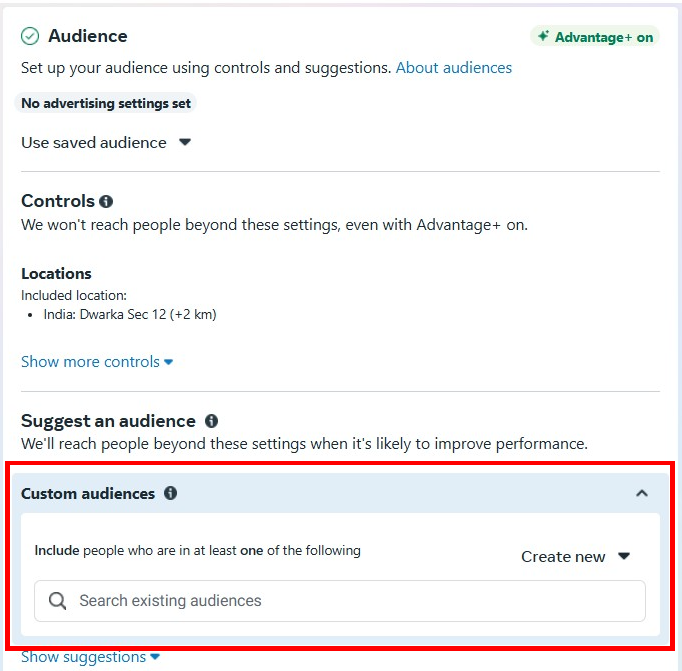
As I progressed, I started building Custom Audiences—and this is where things got powerful. You can create audiences from people who have visited your website, interacted with your content, or are part of your email list. One campaign I ran for a fashion brand retargeted users who had added items to their cart but didn’t purchase. This Custom Audience delivered 3X more conversions compared to cold traffic.
Lookalike Audiences
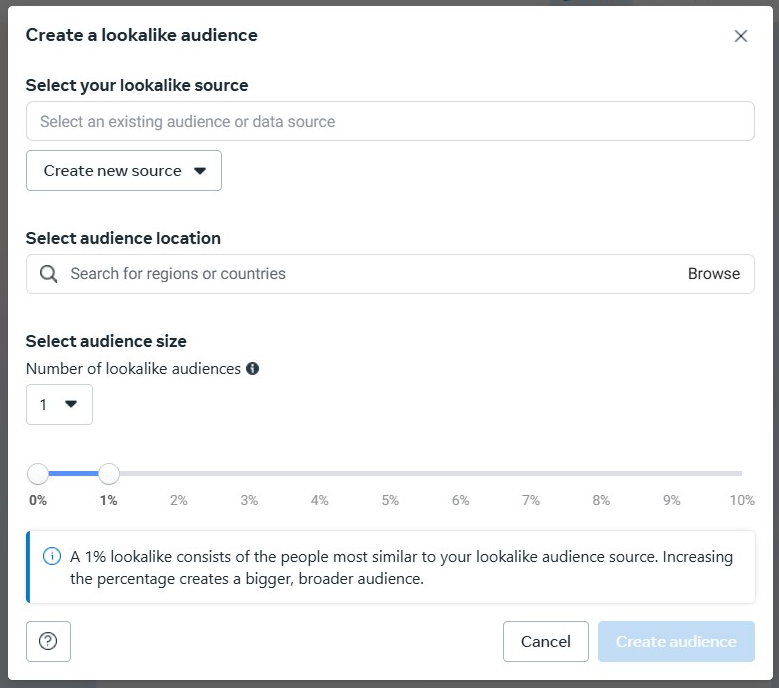
If you’re wondering how do Facebook Ads work to scale your results, Lookalike Audiences are your answer. Facebook takes your best-performing Custom Audience—like your top customers—and finds new people who behave similarly. It’s perfect when you’re ready to expand without losing relevance. I once used a 1% Lookalike Audience based on my student leads list, and it cut the cost per lead by 30%.
Retargeting Strategies
Retargeting is where Facebook Ads become a true conversion engine. You can retarget people who watched 75% of your video, visited a landing page but didn’t fill out the form, or engaged with your Instagram posts. I call this the “reminder phase.” Often, people don’t convert the first time they see your ad.
That’s why retargeting is essential. It helps bring them back and complete the action.
Understanding how do Facebook Ads work in terms of audience segmentation gives you a massive advantage. You no longer shoot in the dark. You’re showing the right message, to the right person, at the right time—and that’s the foundation of successful digital advertising.
How Does Facebook Ads Auction Work?
When people start running campaigns, one of the first things they ask me is how do Facebook Ads work behind the scenes. The answer lies in the Facebook Ads Auction—a system that decides whose ad gets shown to whom, when, and how often.
What is the Facebook Ads Auction
Facebook doesn’t simply show your ad just because you paid. Every time someone opens Facebook or Instagram, an auction is triggered behind the scenes.
This auction considers all the advertisers competing for that specific user’s attention. I explain it to students like this—imagine thousands of businesses competing in real time to show an ad to one user. It’s not just about who pays the most. It’s about who offers the best user experience.
How Relevance Score, Bid, and Estimated Action Rates Impact Delivery
The auction is influenced by three main factors: your bid, your ad’s estimated action rate, and its relevance score. Facebook wants to show ads that are not only profitable but also engaging.
From my experience, you could be spending more but still losing if your ad isn’t relevant. I’ve had clients reduce costs by 40 percent just by improving their ad copy and creative to better match the target audience’s intent. That’s how Facebook decides if your ad deserves the spot.
Importance of Engagement and Ad Quality
Engagement matters a lot. Facebook tracks how people interact with your ad—whether they like, click, comment, or ignore it altogether. I’ve tested this by running two identical campaigns, one with average design and another with high-quality visuals and a stronger CTA. The second one got significantly better reach and cost per result because of better engagement. Quality always wins in this system.
Budget Pacing and Optimization
Even your daily or lifetime budget plays a role in how Facebook distributes your ads. The system paces your budget over time while prioritizing the times when your audience is most active. That’s why I always suggest monitoring the campaign for at least three days before making changes. Facebook’s learning phase helps the algorithm understand what’s working and optimizes delivery accordingly.
So when we ask how do Facebook Ads work in terms of performance, it’s not just about setting up a campaign and waiting. It’s about understanding how the auction values your content, budget, and engagement—and adjusting those levers to get the best possible return.
Also Read: What is On-Page SEO? Error & How to Fix it?
Measuring Success: Facebook Ads Metrics and KPIs
As a digital marketing trainer, I always tell my students that if you really want to understand how do Facebook Ads work, you need to track the right metrics. Numbers don’t lie—they tell you exactly what’s working and what needs improvement.
When I run campaigns, I don’t just set a budget and forget it. I watch these key metrics daily to ensure we’re on the path to achieving real business goals.
Reach and Impressions
These two are often confused. Reach is the number of unique users who saw your ad, while impressions are the total number of times your ad was shown. For instance, an ad with 10,000 impressions and 5,000 reach means people saw the same ad more than once. Tracking this helps me understand how wide my campaign is spreading and whether I’m hitting new audiences or repeating too much.
Click-Through Rate (CTR)
This is a crucial metric that shows how many people clicked on your ad after seeing it. If your CTR is low, it could mean your creative or copy isn’t compelling enough. In one campaign I managed for a local coaching center, we increased CTR by 2% just by tweaking the headline and call-to-action. That’s how Facebook Ads work—they reward relevance and engagement.
Cost Per Click (CPC)
CPC helps me understand how efficiently I’m spending my budget. A lower CPC means I’m getting more clicks for less money. But I always remind my team—low CPC is great, but only if it leads to conversions. Sometimes, higher CPC with better-quality leads is worth it.
Conversion Rate
This is where the rubber meets the road. Whether it’s a form submission, product purchase, or app install, the conversion rate tells you how many clicks turned into actual results. I once ran a lead gen campaign for a mental health brand where CTR was low, but the conversion rate was 28%—proving that the right message to a niche audience works wonders.
Return on Ad Spend (ROAS)
If you ask me how do Facebook Ads work from a business ROI perspective, this is the most important metric. ROAS shows how much revenue you’re generating for every rupee spent. If I’m spending ₹1,000 and earning ₹4,000, my ROAS is 4x. That’s the kind of number clients love to hear.
Frequency and Relevance Diagnostics
Frequency tells you how many times the same person has seen your ad. I try to keep it below 3 for cold audiences—anything above that starts to feel repetitive. Facebook’s relevance diagnostics—like quality ranking, engagement rate ranking, and conversion rate ranking—help me assess the overall health of the ad.
Understanding how do Facebook Ads work means learning to read these numbers like a story. Each metric gives you insight, and when you analyze them together, you can optimize your campaigns for the best performance.
Common Mistakes to Avoid with Facebook Ads
When students ask me how do Facebook Ads work and why some campaigns fail despite having good content or a decent budget, I often point them to these common mistakes. I’ve made some of them myself early in my journey—and trust me, avoiding them can save a lot of time and money.
Poor Audience Targeting
One of the biggest reasons ads underperform is weak audience targeting. If you try to target everyone, you end up reaching no one effectively. Early on, I used broad interests thinking it would get more visibility, but it only led to low-quality traffic. Once I started narrowing down to specific behaviors and lookalike audiences, I saw better results. Knowing how do Facebook Ads work means truly understanding your audience first.
Ignoring Creative Testing
No matter how confident I am about an ad design or copy, I always test multiple creatives. Facebook’s system favors the best-performing versions, and A/B testing can reveal surprising preferences. One time, a simple image with text outperformed a professionally edited video. The only way to know what works is to test it. Relying on just one creative is a missed opportunity.
Neglecting the Facebook Pixel
This one’s huge. The Facebook Pixel is your tracking engine. Without it, you’re flying blind. I’ve worked with clients who didn’t have it installed properly and were missing out on valuable retargeting data. Understanding how do Facebook Ads work includes setting up the Pixel on every relevant page—from landing pages to thank-you pages—to track conversions, behavior, and engagement.
Overlapping Audiences and Wasted Budget
Many beginners don’t realize they’re targeting the same people in multiple ad sets. This causes your ads to compete against each other in the auction and drives up your costs. Facebook even penalizes you by showing the ad less. Now, I always exclude audiences strategically to avoid overlaps—especially when running cold and retargeting campaigns simultaneously.
Not Optimizing Based on Data
A campaign without optimization is like sailing without adjusting your direction. Facebook Ads require you to monitor metrics like CTR, CPC, conversion rate, and ROAS regularly. One of my lead gen campaigns dropped in performance after 10 days because I didn’t notice that frequency was getting too high. Once I refreshed the creative and tightened the audience, results improved again.
If you’re truly asking how do Facebook Ads work successfully, the answer lies in being proactive. Track what matters, test what’s uncertain, and never assume. Even a well-funded campaign will fail if these basics are ignored.
Tips to Improve Your Facebook Ads Performance
Over the years, one thing I’ve learned through countless campaigns is that no matter how well you understand how do Facebook Ads work, your performance depends on your ability to adapt, test, and optimize continuously. Below are some of my favorite tactics that I personally use to get better results for my clients and students.
A/B Test Headlines, Images, and CTAs
If there’s one golden rule I always follow, it’s to never assume your first version will be the best. Whether it’s the headline, the image, or the call-to-action, I always run A/B tests. In one campaign for a local fitness center, just changing the CTA from “Sign Up Now” to “Start Your Free Trial” increased the conversion rate by 27%. That’s how Facebook Ads work—you give the algorithm multiple options and let data decide the winner.
Refresh Creatives Regularly to Prevent Ad Fatigue
Ad fatigue is real. When people see the same ad again and again, performance drops. I usually refresh creatives every 10–15 days, especially for high-frequency campaigns. Even a slight color change or a different testimonial video can re-engage your audience and give your CTR a lift.
Use Video to Boost Engagement
Videos tend to perform better because they’re more engaging and dynamic. If you’re wondering how do Facebook Ads work well for storytelling, video is the answer. I’ve used simple talking-head videos shot on a phone to outperform high-budget static images—because authenticity often wins.
Leverage Retargeting for Warm Audiences
If you’re not running retargeting campaigns, you’re leaving money on the table. Whether it’s people who visited your website, watched 50% of your video, or interacted with your Instagram page—these are warm leads. I often set up separate ad sets to retarget them with special offers or testimonials to build trust. This is one of the most cost-effective ways to increase ROI.
Optimize Landing Pages for Conversions
Even the best Facebook Ad can’t save a poorly designed landing page. I’ve seen campaigns lose momentum because the page was too slow, too cluttered, or didn’t match the ad’s message. Make sure your landing page is fast, mobile-friendly, and has a clear CTA. That’s how you close the loop in the how do Facebook Ads work journey—from ad to action.
Conclusion: Mastering Facebook Ads for Business Growth
Looking back at everything we’ve covered, it’s clear that truly understanding how do Facebook Ads work goes far beyond just boosting a post or setting a daily budget. It’s a strategic process that combines creativity, data analysis, audience psychology, and platform expertise.
Recap of How Do Facebook Ads Work
At its core, Facebook Ads operate through a real-time auction system, where the best-performing ads—based on relevance, bid, and engagement—get the spotlight. As I’ve explained through real-world examples, it’s not just about spending money; it’s about spending smart. The more aligned your ads are with your audience’s interests and intent, the better your performance.
Encouragement to Start Experimenting
Don’t wait for perfection. Start small, even if it’s a ₹500 test budget. I’ve seen students and small businesses make a big impact by simply experimenting and learning from results. Once you understand how do Facebook Ads work in real-time and apply best practices like targeting, retargeting, and creative testing—you’ll gain the confidence to scale.
Explore Free Resources to Learn More
If you’re just getting started or want to dive deeper, I’ve put together a free set of tutorials and beginner-friendly guides that break down everything we’ve discussed. Whether you’re a freelancer, business owner, or aspiring digital marketer—these resources are designed to help you grow step by step.
👉 Stay curious, keep testing, and never stop learning. That’s the real secret to mastering Facebook Ads—and achieving long-term growth in your digital marketing journey.

Founder at Digital Marketing Marvel | Best Digital Marketing Trainer in Delhi/NCR – Digiperform | SEO Manager | Project Manager | 5+ years | Reliqus Consulting | Genius Study Abroad & Inlingua’s Digital Marketing Head | Learn Digital Marketing

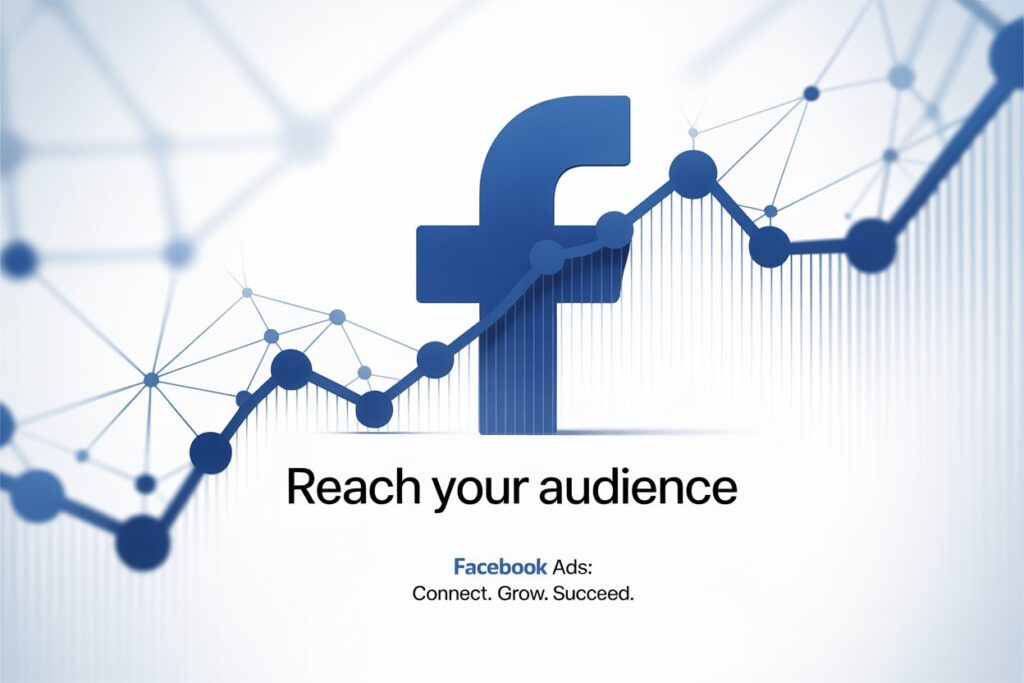


Pingback: Optimizing Facebook Lead Ads for better Quality & Volume
Pingback: Optimizing Facebook Lead Ads for better Quality & amp; Volume